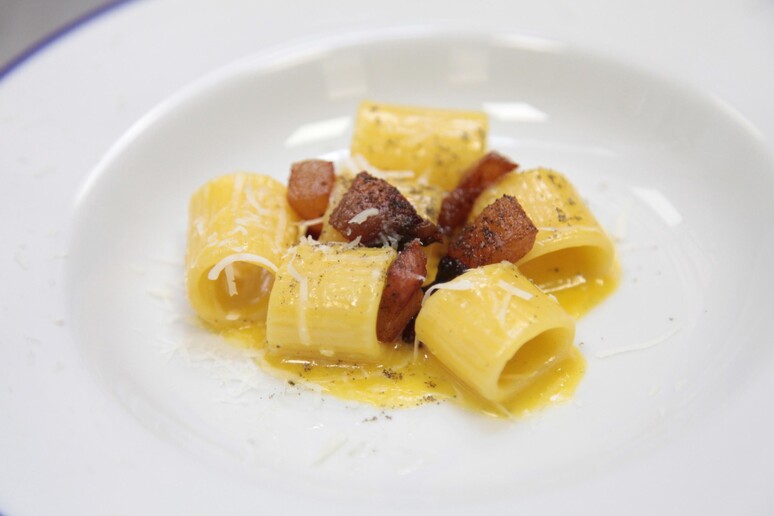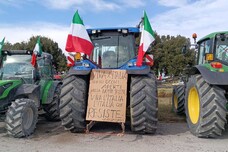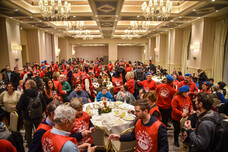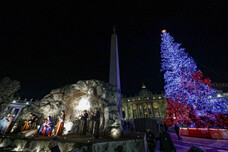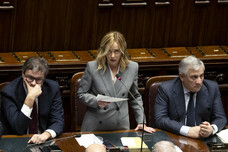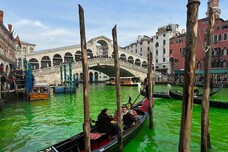Italy on Thursday marked 'Carbonara
Day', celebrating the famed egg-and-bacon-sauce spaghetti dish
amid a heated debate on the 'real' recipe and way of cooking it.
Carbonara is perhaps the most loved and imitated pasta dish
in the world but also the most controversial.
Purists say that only pork tongue and not bacon or even
pancetta should be used, while enthusiasts are about evenly
divided over whether to add pecorino or parmigiano cheese.
Other divisive issues are whether to leave the egg white in
with the yolk and whether to add garlic or onion, and whether
other types of long pasta like bucatini or even short pasta such
as rigatoni can be used instead of spaghetti.
#CarbonaraDay has been organised by the International Pasta
Organization (IPO) and the Association of Pastry and Pasta
Makers (AIDEPI) to fete this culinary glory and try to settle
some of the vexed questions about how to make it.
Follow the hashtag and you can join a debate that will see
bloggers, food influencers, journalists and chefs have their say
on the dish and more generally on the relationship between
tradition and innovation or fusion in cuisine.
Italian traditionalists insist there are only five carbonara
ingredients: pork tongue, pecorino, eggs, salt and pepper.
Innovators think that, since pasta is such a versatile dish,
there should be no limits on how carbonara can be interpreted,
going as far as culinary science fiction, according to
detractors.
In France and Germany, for example, powdered ingedients are
on sale for preparing a carbonara; in Britain the egg is often
replaced by bechamle sauce; and in Japan chefs regularly add
cream and take out the pecorino - an affront to tradition
according to purists.
Traditionalists say there are five common mistakes in
preparing carbonara.
If pork tongue and pancetta can be interchangeable, they
maintain, would-be carbonara buffs must avoid at all costs that
the egg becomes an omelette by cooking it in a frying pan and
solidifying it.
They should never, furthermore, replace pecorino with
parmigiano or, an even worse sin, add cream, an ingredient that
makes the mix too oily and, purists say, makes it taste too
bland.
Finally, whatever French cooks have to say on the matter,
garlic and onion must be banned, since they are a superfluous
addition given that carbonara is already such a strongly
accented dish.
As with many recipes, the origins of the dish and its name
are obscure.
There are many theories for the origin of the name, which may
be more recent than the dish itself.
Since the name is derived from carbonaro (the Italian word
for charcoal burner), some believe the dish was first made as a
hearty meal for Italian charcoal workers.
In parts of the United States the etymology gave rise to the
term "coal miner's spaghetti".
It has even been suggested that it was created as a tribute
to the Carbonari ("charcoalmen"), a secret society prominent in
the early, repressed stages of Italian unification.
It seems more likely that it is an urban dish from Rome,
probably first described after WWII in the Italian capital, when
many Italians were eating eggs and bacon supplied by troops from
the United States.
ALL RIGHTS RESERVED © Copyright ANSA
